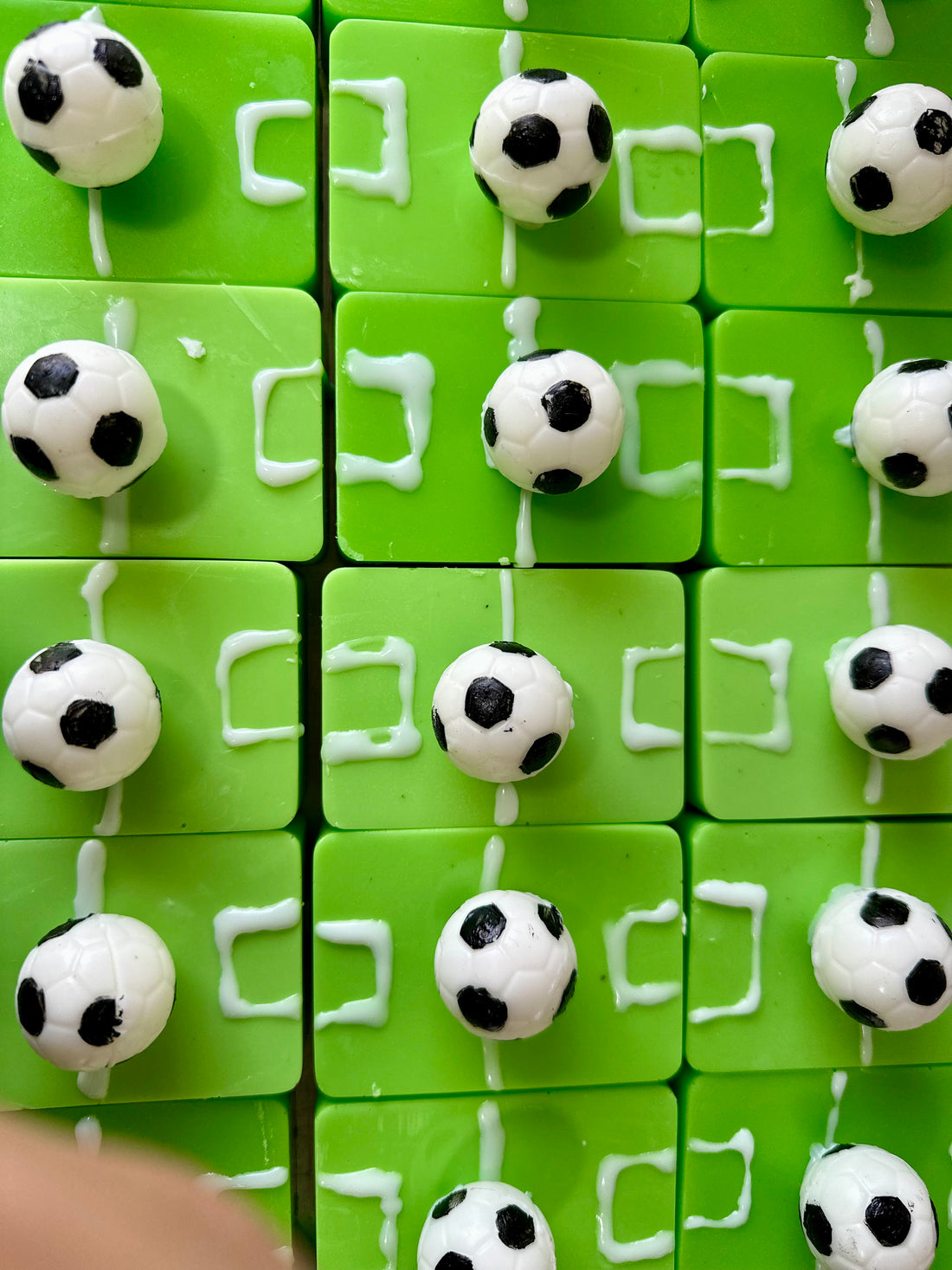
Introduction:
Soap making is a delightful and rewarding hobby that allows you to create personalized, handmade soaps for yourself and your loved ones. If you're new to soap crafting, starting with melt and pour soap is a fantastic way to start.
In this beginner's guide, we'll walk you through the basics of making melt and pour soap.
- Understanding Melt and Pour Soap:
Traditionally soap is made using lye (sodium hydroxide - which is hazardous if you do not know how to use it) through the process of combining it with oils and butters.
However , melt and pour soap is a pre-made soap base that you can melt, customize, and mold into various shapes. It's an excellent option for beginners because it eliminates the need for handling lye. Melt and pour soap bases are available in a variety of formulations, including glycerin, shea butter, goat milk, and more, providing flexibility in crafting the perfect soap for your skin.
- Gathering Supplies:
Before starting, you would need to gather the necessary supplies. You'll need a melt and pour soap base, fragrance or essential oils for scent, soap colorants, a heat-resistant container for melting, wooden/ plastic utensils, molds, and a spray bottle with rubbing alcohol (for preventing air bubbles).
- Preparing Your Workspace:
Set up a clean and organized workspace before you start melting the soap base. Ensure you have ample counter space, good ventilation, and all your supplies within reach. Lay down an old newspaper or parchment paper to make cleanup easier.
- Melting the Soap Base:
Cut the soap base into small, uniform pieces to facilitate even melting( preferably into 1 inch cubes - however, they do not need to be exact). Place the soap chunks into a heat-resistant container and melt them using a microwave or double boiler 30 seconds or 1 minute burst. Stir the soap periodically to avoid scorching. Be cautious not to overheat the soap, as it can affect the final quality. Soap when overheated will start to froth and bubble.
- Adding Color:
Once the soap base is melted, it's time to add a soap color for the desired hue. Start with 1-2 drops and stir thoroughly to ensure an even distribution of color and fragrance throughout the soap.and color. Continue this process till you get the color you want.
- Adding Fragrance:
After achieving the color you want add in the fragrance or essential oil. The amount of fragrance should be approx 1-3% of the weight of the melted soap.
Example: If the soap base you have taken is 100 grams, you may add 1-3 grams of fragrance/ essential oil depending on how mildly or strongly scented you want your soap to be.
Stir thoroughly to mix in your fragrance in the melted soap.
- Pouring and Setting:
Pour the melted soap into your chosen molds, ensuring a smooth and even pour. To eliminate air bubbles, lightly spritz the surface with rubbing alcohol. Allow the soap to cool and harden, following the recommended setting time for your specific soap base.
Depending upon the weather, the soap will take around 3-5 hours to harden. Be patient and wait for the soap to dry.
- Demolding and Packaging:
Once the soap has fully set, gently remove it from the moulds. Trim any rough edges if necessary. Your beautiful, handcrafted melt and pour soap is now ready for use or gifting. Consider wrapping it in decorative paper or placing it in a soap box for a professional touch.
- Experimenting and Customizing:
One of the joys of melt and pour soap making is the ability to experiment with different scents, colors, and additives. Try adding exfoliants like oatmeal or poppy seeds, or layering different colors for a visually appealing soap.
Buy a starter kit for making your own melt & pour soaps inclusive of moulds, colors and natural pigments with instructions at https://mandyandco.in/products/mini-diy-soap-kit.

